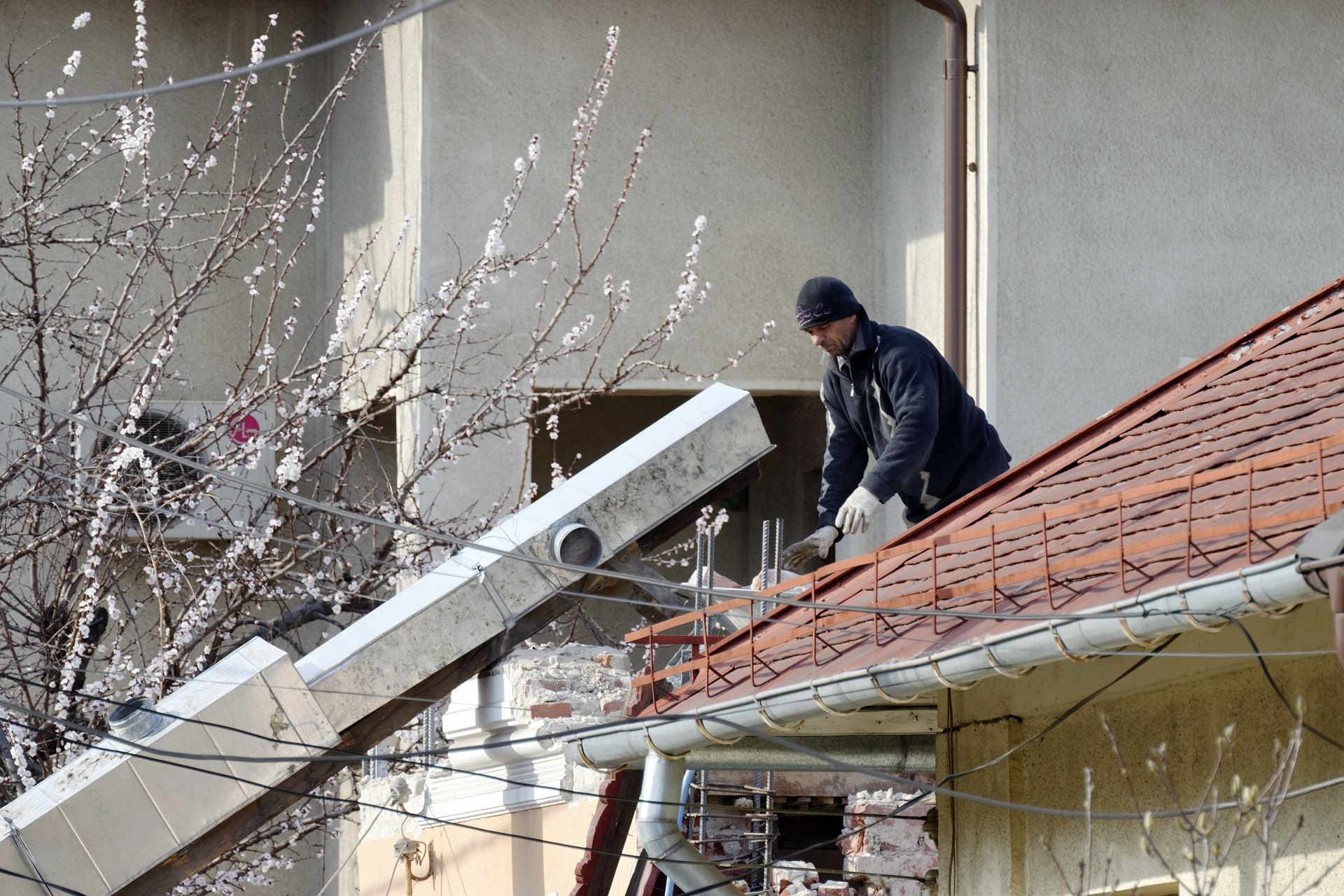"Rediscovering the Charm of Wabi-Sabi in Home Design"
Introduction: In an era where perfectionism dominates the design scene, there's a humble Japanese philosophy making a quiet resurgence. Wabi-Sabi, a centuries-old concept, celebrates the beauty of imperfections and transience. This article uncovers the roots of Wabi-Sabi, its relevance in today's home design trends, and how it can be practically incorporated into modern homes.

The Roots of Wabi-Sabi
Wabi-Sabi finds its origins in 15th century Japan, deeply intertwined with the tea ceremony traditions. The philosophy, essentially, encourages acceptance and appreciation of imperfection and decay as a natural part of life. With an emphasis on simplicity, asymmetry, and roughness, Wabi-Sabi is the antithesis of the Western ideals of beauty, which tends to gravitate towards symmetry and grandeur.
Wabi-Sabi in Today’s Home Design Trends
In recent years, Wabi-Sabi has been gradually seeping into the global design consciousness. With its focus on embracing authenticity and imperfection, it offers a refreshing contrast to the sleek, mass-produced designs that have dominated the industry. From weathered furniture to uneven ceramics and naturally dyed textiles, Wabi-Sabi speaks volumes about celebrating the natural, the aged, and the imperfect.
The Practicality and Market Trends of Wabi-Sabi
Adopting Wabi-Sabi in home design is not just about aesthetics; it’s also about embracing a more mindful and sustainable lifestyle. The market trends reflect this shift, with a growing demand for handmade, recycled, and natural materials. By choosing items that age gracefully and narrate a story, homeowners can create a deeply personal and meaningful living space.
Wabi-Sabi and Daily Living
More than just a design philosophy, Wabi-Sabi also promotes a way of living that appreciates the simple pleasures and values authenticity. By creating a home environment that reflects these values, we can nurture a sense of peace and grounding in our daily lives. From a roughly hewn wooden table to a crackled ceramic vase, each Wabi-Sabi element serves as a reminder of the fleeting nature of life and the beauty of the passing moments.
Incorporating Wabi-Sabi into Modern Homes
Incorporating Wabi-Sabi into modern homes is about embracing simplicity and authenticity. Here are a few practical ways to do so:
-
Choose natural materials like wood, stone, or clay that show age and wear over time.
-
Opt for handmade items that carry the maker’s touch and tell a unique story.
-
Instead of hiding cracks and chips, celebrate them as marks of life and history.
-
Create a balanced, harmonious space by combining different textures, shapes, and colors.
-
Most importantly, let go of the pursuit of perfection and enjoy the beauty of imperfection.
In a world that often demands perfection, Wabi-Sabi offers a soothing balm. It invites us to slow down, to appreciate the beauty in the ordinary, and to create homes that are not just aesthetically pleasing, but also a serene sanctuary. As we navigate the fast-paced modern world, perhaps it’s time we embraced a little more of Wabi-Sabi’s wisdom in our homes.




